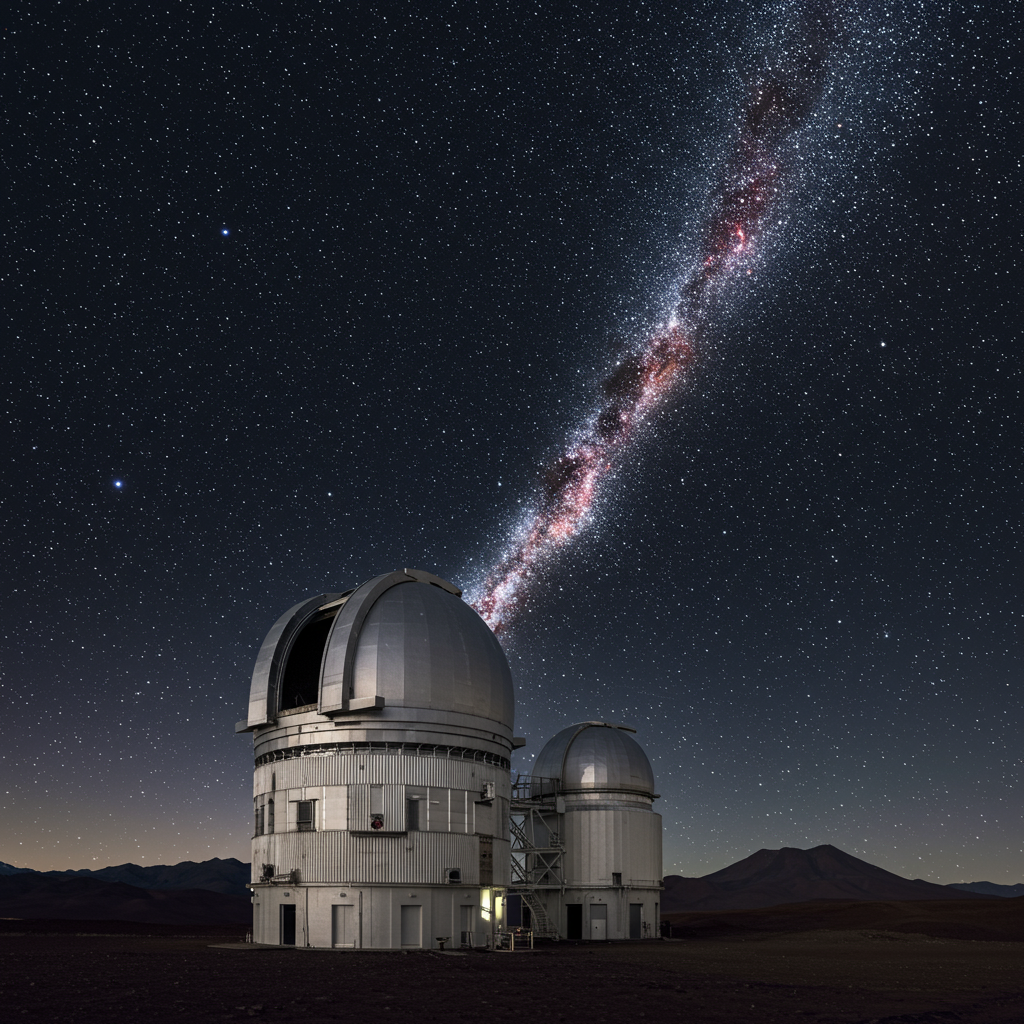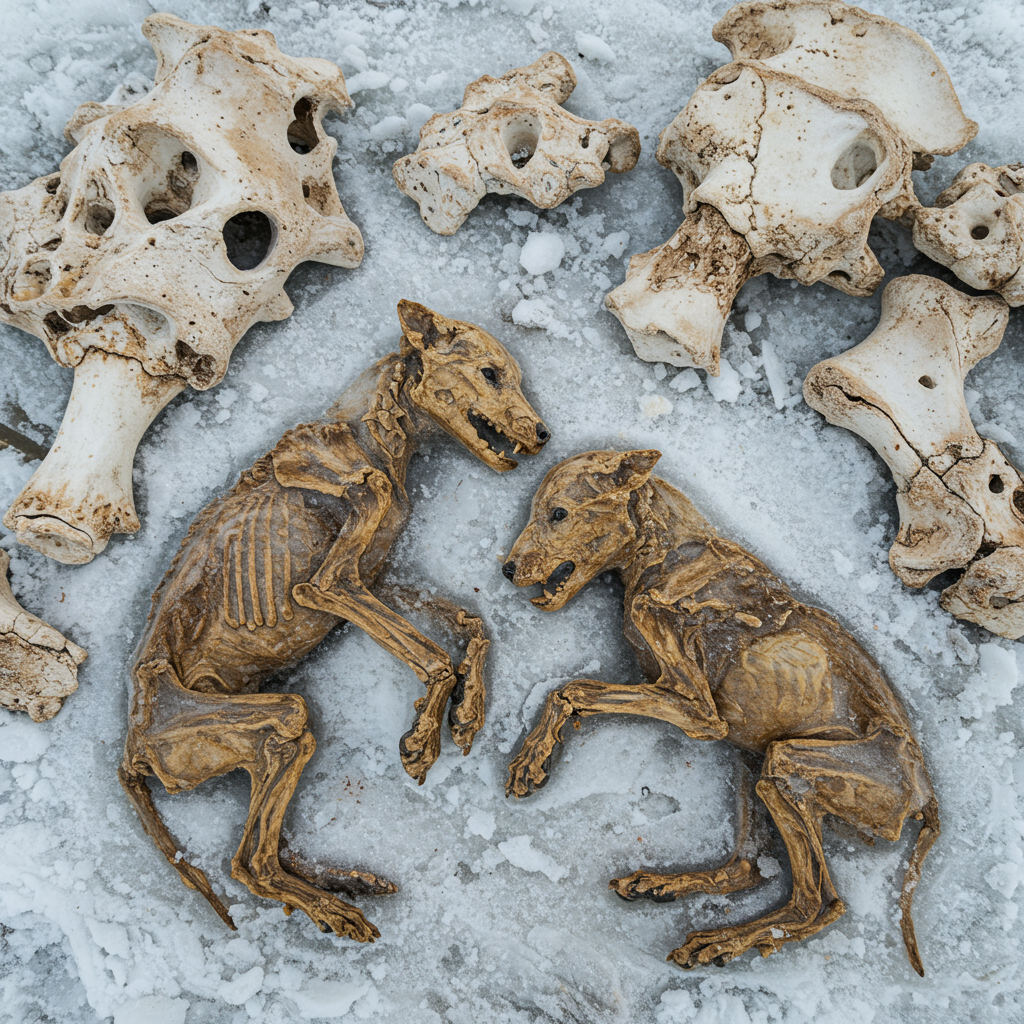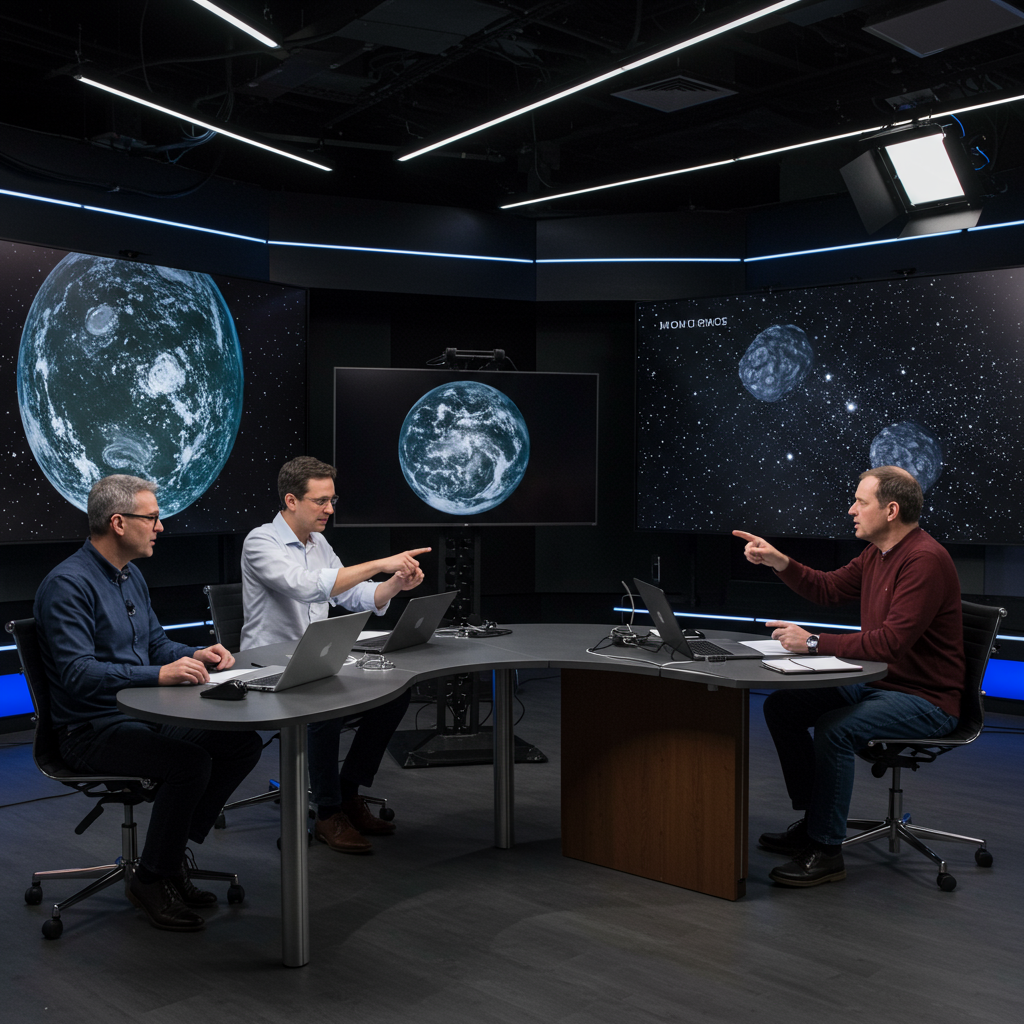The Vera C. rubin observatory in Chile is set to revolutionize astronomy, but not just with stunning images. Its real game-changer is the sheer volume of data it will produce. This observatory is shifting cosmic research towards a “big data” science model, similar to fields like genetics or particle physics. Instead of astronomers observing specific targets, Rubin will continuously survey the entire visible sky. Future researchers won’t be queuing for telescope time. As William O’Mullane, associate director of data production, puts it, their observation has already been made. They just need to find it within the vast datasets.
The Unprecedented Scale of the Data Challenge
Astronomy once meant long nights peering through telescopes. Astronomers would carefully record observations of a few celestial points. From these limited data points, they would draw broad conclusions about the universe. This approach was necessary because collecting large amounts of data was simply too difficult historically. Leanne Guy, data management scientist at Rubin, highlights this past challenge.
The Vera C. Rubin Observatory, funded by the U.S. Department of Energy and the National Science Foundation, changes everything. It’s located atop Cerro Pachón in Chile. This observatory is designed to continuously survey the sky. It will inundate astronomers with an extraordinary volume of information.
The World’s Largest Digital Camera
At the heart of this data revolution is Rubin’s massive camera. It’s the largest digital camera ever built for astronomy. Each image it captures contains an incredible 3.2 billion pixels. These pixels might reveal previously unknown cosmic objects. Such objects include distant galaxies, exploding supernovae, passing asteroids, and even dwarf planets in our solar system. Every single pixel also records one of 65,536 shades of gray, adding depth to the visual information.
This means just one photograph from Rubin holds approximately 6.4 billion bytes of information. To put that into perspective, ten of these images contain roughly the same amount of data. That’s equal to all the words The New York Times has published in print over its entire 173-year history. Yet, Rubin is designed to capture images far more frequently than this.
The Nightly Data Haul
The telescope is incredibly efficient. After capturing an image, the data is rapidly transferred to the observatory’s local servers. The telescope then quickly pivots to photograph the next section of sky. This process takes only about 40 seconds per image. The Rubin Observatory is planned to capture around 1,000 images every single night it operates.
This nightly capture rate translates into a daily torrent of data. The sheer speed and volume quickly dwarf traditional astronomical data sources. This continuous data stream is crucial for the observatory’s primary mission.
The Decade-Long Data Accumulation
Rubin is not a short-term project. It’s planned to operate almost nightly for a full decade. Over its ten-year lifespan, the observatory will accumulate an astonishing amount of data. The final estimated total will reach about 60 million billion bytes of image data. This number can be written as a “6” followed by 16 zeros: 60,000,000,000,000,000 bytes. This represents the Legacy Survey of Space and Time (LSST), a comprehensive census of the visible universe.
From Sky to Server: The Data Flow Pipeline
Handling such a colossal volume of data requires a sophisticated infrastructure. The process begins the moment an image is captured high in the Chilean mountains. It involves several critical steps designed to process, store, and distribute the information efficiently to scientists worldwide.
Capturing and Buffering Data
High on Cerro Pachón, the observatory doesn’t just capture images; it manages them locally first. A high-tech data center at the observatory acts as a buffer. This center can temporarily store up to a month’s worth of data. This is a crucial safeguard against potential network interruptions. It ensures that the continuous stream of valuable observations is not lost.
Transmission and Processing Centers
Once buffered, the data must move off the mountain. It’s transmitted via a dedicated 60-mile fiber-optic cable. This cable connects the observatory directly to La Serena, a city closer to sea level in Chile. From La Serena, the data embarks on the next leg of its journey. It is sent onward to the SLAC National Accelerator Laboratory in California. SLAC serves as a primary hub for advanced data analysis and processing for the Rubin project.
Automated Discovery: Identifying Cosmic Change
The sheer volume makes manual inspection of every image impossible. The core value of Rubin’s survey lies in detecting changes in the night sky. This requires powerful automation. Software running at centers like SLAC is specifically designed for this task.
Comparing Images at Scale
The processing software performs a vital comparison. It meticulously compares images taken on consecutive nights. By identifying differences between these images, astronomers can spot transient events. These are cosmic phenomena that change rapidly. Examples include distant supernovae exploding or closer objects like asteroids moving across the field of view.
Generating Daily Alerts
This automated comparison process is incredibly productive. The analysis identifies approximately 10,000 changes within each image. Considering Rubin captures around 1,000 images nightly, this generates a massive number of potential discoveries. The system flags close to 10 million alerts every single night. These alerts indicate something in the sky has changed or moved. Managing and making sense of this flood of daily alerts is one of the project’s biggest technical hurdles.
Distributing the Sky: The Role of Data Brokers
Ten million alerts per night is far too much for any single astronomer or research group to handle. To make this firehose of data usable, the observatory collaborates with a network of external organizations. These are designated as “data brokers.” There are nine such organizations around the globe.
Leveraging Global Expertise
These data brokers receive the raw alerts directly from the Rubin processing pipeline. Their role is critical: to sort, classify, and prioritize this immense stream of findings. Leanne Guy notes that this distributed approach leverages the diverse skills and expertise present within the global astronomical community. Different groups can focus on specific types of events or objects.
AI and Machine Learning in Action
The brokers utilize sophisticated methods to handle the data. This includes both classic machine-learning techniques and modern deep-learning approaches. Neural networks, for instance, are employed to analyze the characteristics of each alert. They help determine if it’s a supernova, an asteroid, or perhaps an artifact of the data. This intelligent filtering allows astronomers with specific research interests to access only the data relevant to their work, making the vast archive manageable.
A New Era: Data-Driven Astronomy
The Vera C. Rubin Observatory is more than just a telescope; it’s a data-generating machine ushering in a new paradigm for cosmic research. It’s fundamentally changing how astronomy is conducted worldwide.
Remote Access and Collaboration
The traditional model of travel and queueing for telescope time is obsolete for many researchers using Rubin data. The observatory’s approach enables data-driven astronomy accessible remotely. Astronomers can conduct cutting-edge research from anywhere in the world. They analyze the universally available, comprehensive dataset generated by the survey.
Shifting the Astronomer’s Role
The role of the astronomer is evolving. As William O’Mullane highlighted, the observation is already made. The task is now to find and interpret the relevant data within the immense archive. This requires new skills in data science, programming, and statistical analysis. The era of the lone astronomer at the eyepiece is giving way to collaborative teams working with high-speed networks, cloud computing, and advanced AI algorithms to unlock the universe’s secrets hidden within the bytes.
Frequently Asked Questions
What is the Vera C. Rubin Observatory and its main goal?
The Vera C. Rubin Observatory is a new astronomical facility located in Chile. It is jointly funded by the US National Science Foundation and Department of Energy. Its primary goal is to conduct the Legacy Survey of Space and Time (LSST). This project will create a decade-long, comprehensive record of the visible universe. The observatory does this by rapidly and continuously surveying the entire night sky, generating an unprecedented volume of data on cosmic objects and events.
How does the Rubin Observatory handle and distribute its massive data?
The observatory manages its data through a sophisticated pipeline. Images are buffered locally on Cerro Pachón. Data is then transmitted via fiber optic cable to La Serena, Chile, and onward to the SLAC National Accelerator Laboratory in California for processing. Software at SLAC compares images to detect changes, generating millions of alerts nightly. These alerts are distributed to nine external “data brokers” globally. These brokers use AI and machine learning to classify and prioritize the alerts. This makes the data accessible and manageable for astronomers worldwide.
What kind of astronomical discoveries will the Rubin Observatory enable?
The massive dataset and rapid change detection capability will enable numerous discoveries. The observatory is expected to find millions of new asteroids and other solar system objects. It will detect thousands of supernovae and other transient events, studying the changing universe. The comprehensive survey data will also be used to map the structure of the Milky Way and distant galaxies. Furthermore, the data will be crucial for studying fundamental physics issues, such as the nature of dark energy and dark matter.
Conclusion
The Vera C. Rubin Observatory represents a monumental leap in astronomical observation. By embracing a big data approach, it promises to transform our understanding of the cosmos. Managing the 60 million billion bytes it will generate is a significant technical challenge. However, through sophisticated data pipelines, automated analysis, and global collaboration powered by AI, astronomers are equipped to handle this cosmic data flood. The era of data-driven discovery is here, promising to unveil the universe’s dynamic nature in unprecedented detail. The insights gained from this vast dataset will shape astronomy for decades to come.
Word Count Check: 1015




